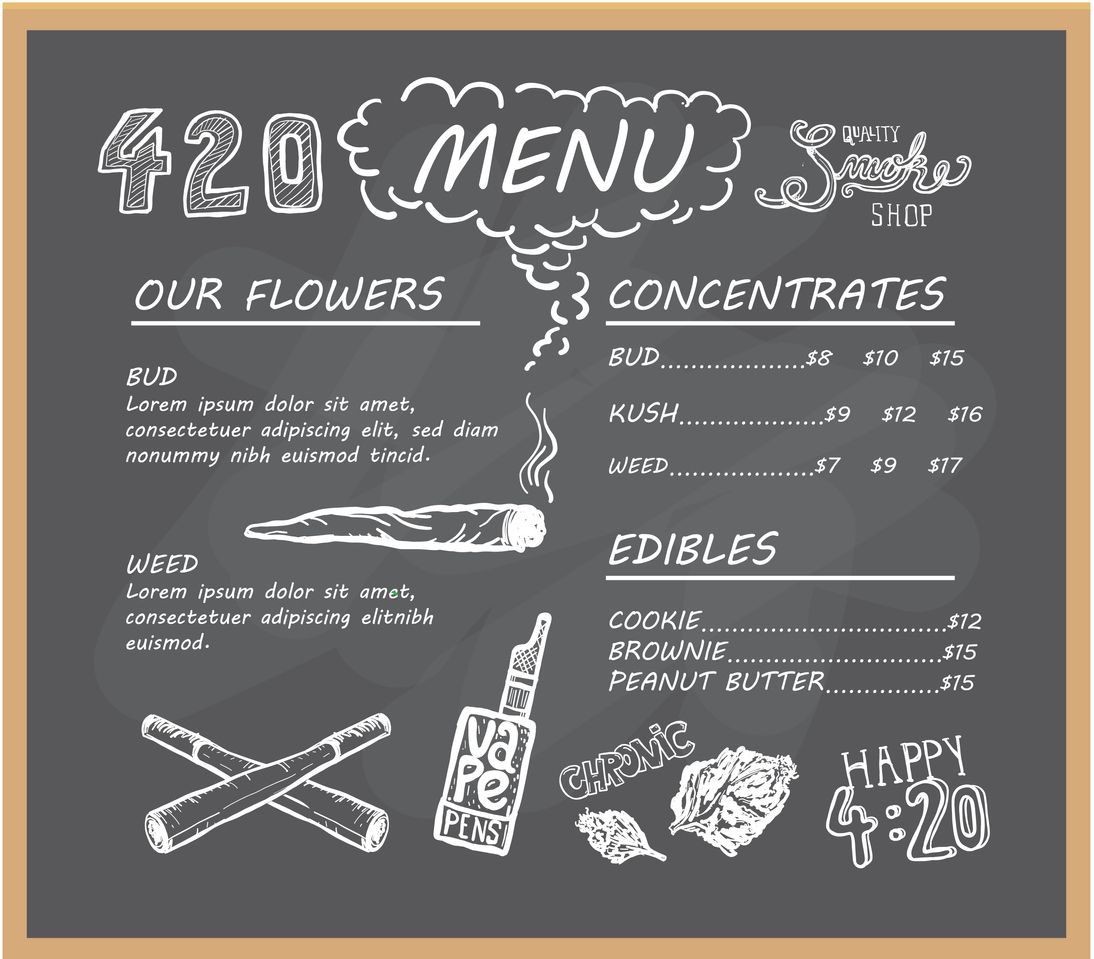For any cannabis shopper—new or experienced—knowing how much marijuana to buy can make a big difference in both satisfaction and value. Whether shopping at a dispensary or ordering online for home delivery, understanding basic product weights and measurements is essential. From grams to ounces, each amount serves a purpose depending on how often someone consumes, their preferred method of use, and their state’s legal limits.
Understanding Cannabis Weights and Measurements
The foundation of marijuana purchasing starts with learning the common measurements used to describe flower and other products. Most dispensaries sell cannabis by weight, measured in grams and ounces. There are 28 grams in one ounce, a conversion standard across the cannabis industry.
Here’s a breakdown of the most common weights found in dispensaries:
- 1 Gram – The smallest standard quantity sold. Ideal for trying out a new strain or for occasional users who only plan a session or two. A gram typically rolls one large joint or two smaller ones.
- Eighth (⅛ ounce) – Equivalent to 3.5 grams, this is the most popular size among casual consumers. It provides enough for several sessions while keeping the flower fresh.
- Quarter (¼ ounce) – Equal to 7 grams, this option suits moderate users who consume regularly but don’t want to restock too often.
- Half (½ ounce) – At 14 grams, this quantity is for experienced consumers or those who prefer to buy in bulk for convenience or savings.
- Ounce (1 ounce) – 28 grams of cannabis. This is the legal possession limit for recreational users in many U.S. states. Heavy users or those making edibles and tinctures often purchase in this size due to better value per gram.
According to the Cannabis Control Commission of Massachusetts and other state regulatory agencies, understanding these amounts helps ensure consumers stay within their legal possession limits, which typically range between 1 to 2.5 ounces of flower depending on the state.
Factors That Influence How Much to Purchase
Knowing how much cannabis to buy isn’t just about math—it’s about personal habits and preferences. Several factors influence purchasing decisions:
- Frequency of Use: Occasional users may find a gram or an eighth sufficient for a week or more. Daily consumers may need a quarter or half-ounce to avoid frequent trips to the dispensary.
- Consumption Method: Flower is the most common product sold by weight, but concentrates and edibles differ. A small amount of concentrate—such as one gram of wax or shatter—can last far longer than the same weight of flower due to its higher THC potency.
- Storage and Freshness: Cannabis begins to lose its potency and aroma over time if not stored properly. Those who don’t consume daily should avoid buying large quantities to prevent staleness or degradation.
- Budget and Discounts: Many dispensaries offer bulk pricing. While an ounce costs more upfront, it often carries a lower cost per gram, appealing to those who consume regularly or share with others.
Estimating Personal Consumption
For consumers unsure where to start, tracking personal use can help. For example, if one gram lasts two days, then an eighth (3.5 grams) would likely last a week. Tools like cannabis journals or mobile apps, such as Releaf or Jointly, can help consumers log how much they use and the effects they experience—leading to smarter future purchases.
Staying Within Legal Limits
Every state has its own set of possession and purchase limits. For instance, California allows adults 21 and older to purchase up to one ounce of flower or eight grams of concentrate per day. Medical marijuana patients often have higher allowances. It’s always wise to confirm state-specific laws through official government sources such as NORML or state cannabis control boards before purchasing.
Smart Purchasing in Practice
Understanding cannabis weights, habits, and legal boundaries empowers shoppers to make informed choices. New consumers should start small, experiment with quantities, and learn what amount best matches their routine. Experienced users benefit from knowing when buying in bulk makes sense—and when it might just be too much of a good thing.






